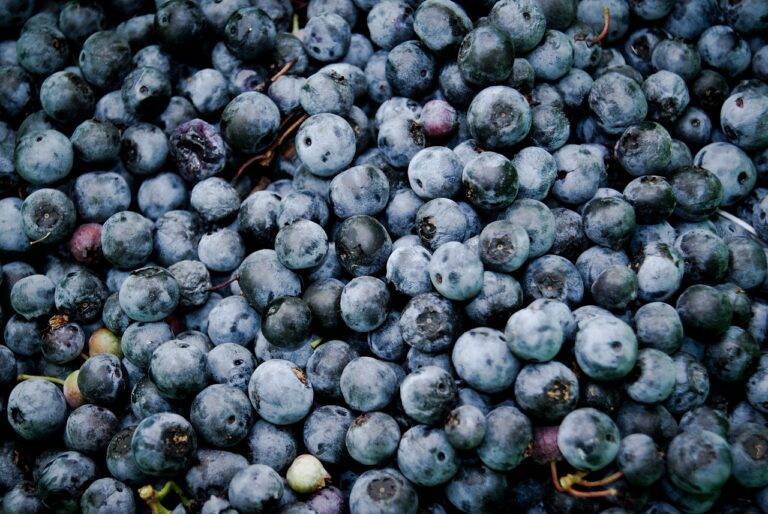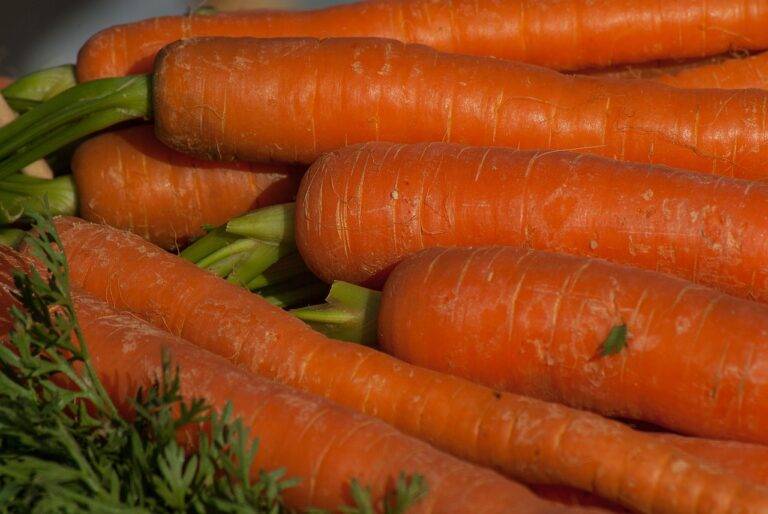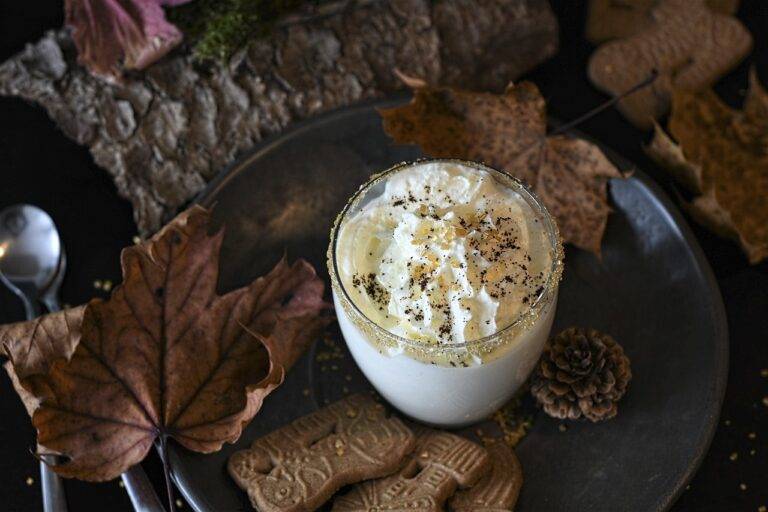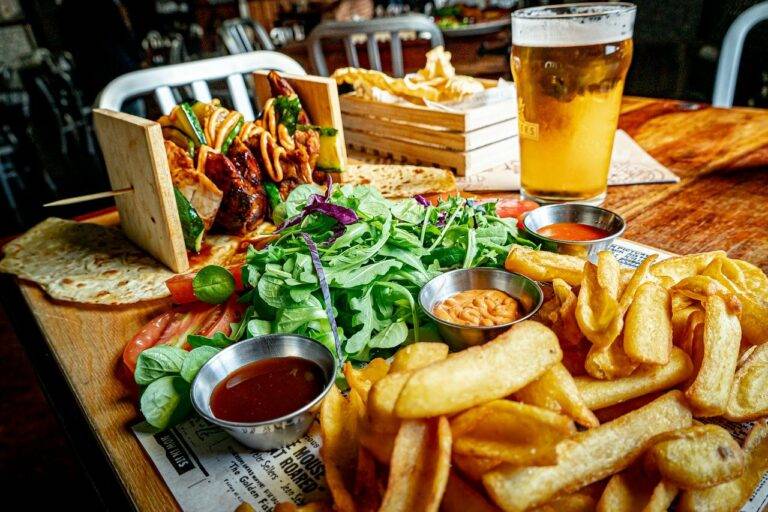The Art of Food Carving: Sculpting Edible Art
Food carving tools range from simple knives to specialized tools designed for intricate detail work. Common tools include carving knives, paring knives, gouges, and chisels. Each tool serves a specific purpose in creating different textures and shapes in food.
Techniques in food carving can vary depending on the desired outcome. Some common techniques include cutting, slicing, carving, and shaping. Each technique requires precision and practice to achieve the desired results. Mastering these techniques is essential for creating visually appealing food carvings.
Choosing the Right Ingredients for Food Carving
When it comes to selecting the right ingredients for food carving, it is important to consider the texture and firmness of the items. Harder fruits and vegetables like carrots, watermelons, and pumpkins are ideal choices for intricate carvings as they hold their shape well and allow for detailed designs to be created. On the other hand, softer ingredients such as avocados or ripe tomatoes may not be the best option for intricate carvings as they can easily lose their shape and break apart.
In addition to the texture of the ingredients, the size and shape also play a crucial role in food carving. Opt for larger fruits and vegetables that provide more surface area for carving intricate patterns and designs. Irregularly shaped ingredients might pose a challenge when trying to create symmetrical carvings, so it is best to choose items with a uniform shape for easier carving. By carefully selecting the right ingredients based on their texture, firmness, size, and shape, you can elevate your food carving artistry and create stunning edible masterpieces.
What are some common types of food carving tools?
Some common types of food carving tools include carving knives, paring knives, vegetable peelers, fruit corers, and melon ballers.
What are some popular food carving techniques?
Popular food carving techniques include slicing, dicing, peeling, shaping, and sculpting.
How do I choose the right ingredients for food carving?
When choosing ingredients for food carving, it is important to select fruits and vegetables that are firm, fresh, and have a smooth surface. Some popular choices for food carving include watermelon, cantaloupe, carrots, cucumbers, and radishes.
Can I use any type of fruit or vegetable for food carving?
While you can technically carve any fruit or vegetable, it is recommended to choose ones that are easier to work with and hold their shape well. Hard fruits and vegetables like watermelon, pumpkin, and turnips are popular choices for food carving.
Are there any ingredients that are not suitable for food carving?
Yes, some ingredients like overly ripe fruits, soft vegetables, or those with a high water content may not hold their shape well during carving and are not ideal for intricate designs.





